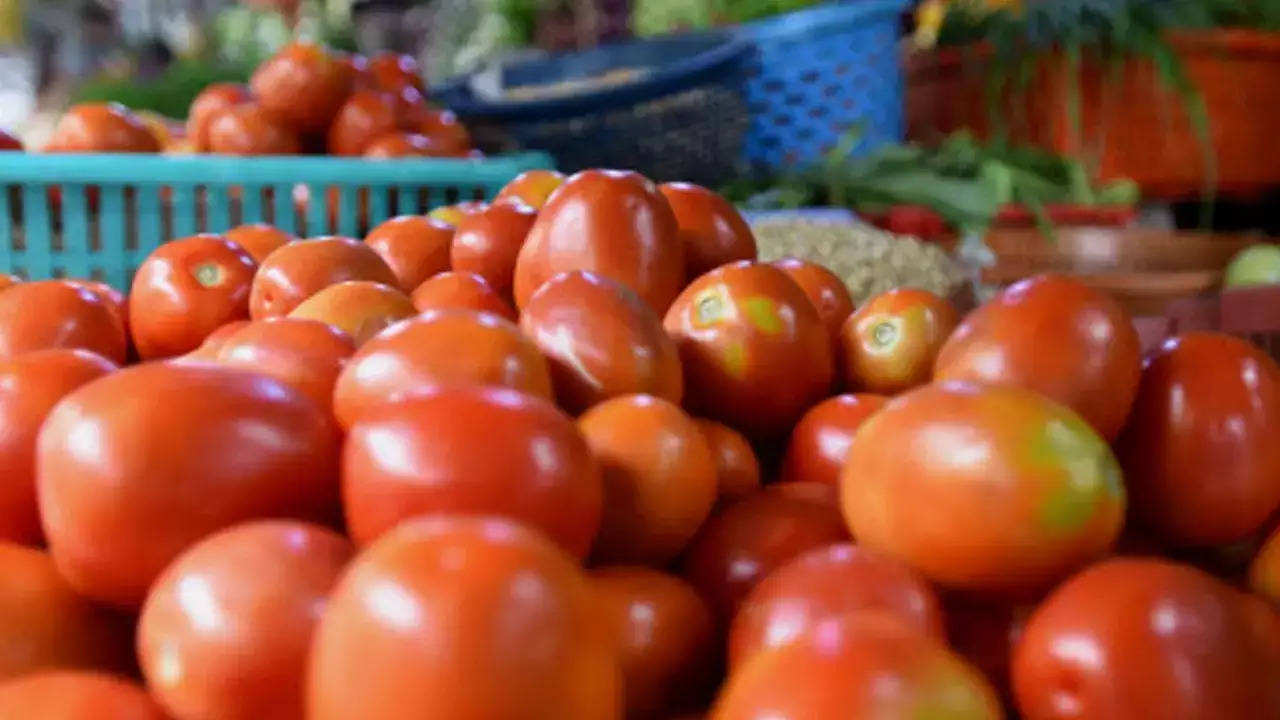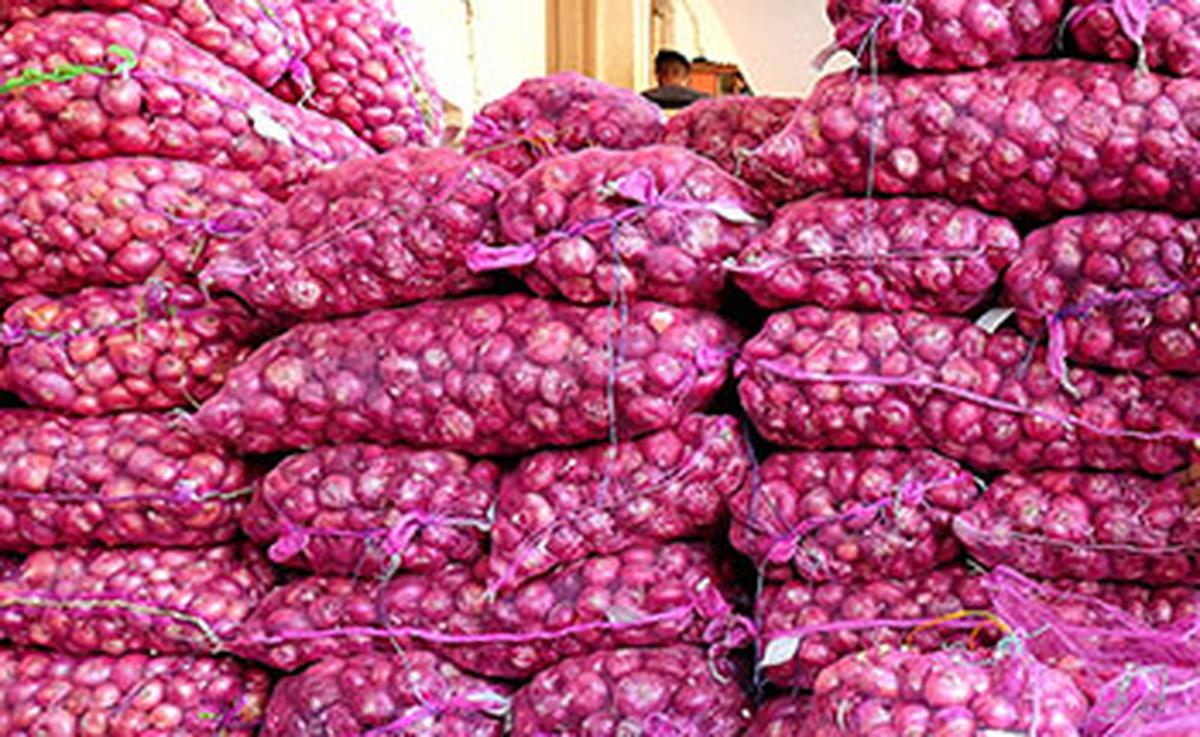After tomato, onion prices likely to rise in coming days. Here’s why

After tomato, onion prices likely to rise in coming days. Here’s why
Following the trend set by tomatoes, onion prices are anticipated to experience a surge in the upcoming days. The prices could potentially reach the range of ₹60-70 per kilogram by September due to constrained supplies, as indicated by a recent report.
Similar to the tomato market, the onion market is also facing the impact of reduced supplies, which is expected to contribute to the upward trajectory in prices. This trend has the potential to lead to higher consumer costs for onions, a staple ingredient in many Indian dishes.
The reasons behind the projected increase in onion prices include various factors such as weather conditions affecting production, transportation disruptions, and market dynamics. These elements have collectively contributed to the tightening of supplies, resulting in an anticipated price hike.
Consumers and markets are advised to stay informed about these developments and plan their purchasing decisions accordingly. As prices are expected to rise, it becomes crucial for individuals and businesses to monitor the situation and adapt to potential changes in the cost of this essential commodity.

The prevailing supply-demand disparity is poised to manifest in the pricing of onions by the end of August. Based on our on-the-ground assessments, a noteworthy price escalation is projected to materialize from the onset of September in the retail market. During this period, onion prices are anticipated to soar to approximately ₹60-70 per kilogram, particularly during the period of lower availability. It is worth noting that, despite this projected increase, prices are projected to remain below the peak levels witnessed in 2020.
The insights presented in the report by Crisil Market Intelligence and Analytics underline the impact of supply constraints on onion prices. The interplay of factors such as weather conditions, transportation challenges, and overall market dynamics has led to this anticipated price surge. Consumers and market participants are advised to consider these projections and prepare for potential adjustments in their expenditure on onions. While the expected price hike is significant, it is reassuring that the projected prices will not reach the levels observed during the peak of 2020.
As reported by PTI, the analysis outlined that due to a shortened shelf life of rabi onions by around 1 to 2 months and hasty selling in the months of February and March this year, the availability of rabi onion stocks in the open market is predicted to diminish considerably by the conclusion of August.
This occurrence, which is anticipated to take place before September, could effectively extend the period of reduced supply by approximately 15 to 20 days. Consequently, this extension of the lean season is poised to subject the market to heightened scarcity and subsequently elevated prices.
The insights provided in the report elucidate the intricate dynamics that have led to the current scenario. The accelerated depletion of rabi onion stocks due to factors such as shortened shelf life and panic-driven selling has set the stage for a more pronounced supply crunch. The extended lean period is a potential cause for concern, as it has the potential to impact market dynamics and consumer spending on this essential commodity. Stakeholders and consumers alike are advised to consider these projections while making informed decisions regarding onion consumption and pricing expectations.

According to a report in Hindustan Times, farmers have reported significant damage to stored onions due to heavy rainfall over the past month. This has led to a reduction in supplies, as confirmed by Narendra Wadhwane, the secretary of Lasalgoan agricultural market committee. The adverse impact of heavy rains on stored onion stocks has contributed to decreased availability in the market.
Amid these developments, the government has taken measures to monitor the demand and supply of onions, similar to its approach for other essential items. A government official assured that there are ample stocks available for market intervention, alleviating concerns about supply shortages.
However, experts and analysts predict an impending period of higher onion prices. The report highlights that the cultivation area for rabi (winter-sown) onions in the 2023 season (December 2022-January 2023) has been estimated to be 3.5% lower. This reduction is attributed to lower realization by farmers in the previous season, which has impacted their decision to cultivate onions.
The combination of reduced cultivation area and the damage caused by heavy rainfall could potentially lead to a rise in onion prices in the coming months. As a result, consumers and stakeholders are advised to prepare for potential price fluctuations and supply challenges in the onion market.
The challenges faced by the onion market are compounded by the effects of weather conditions earlier in the year. In February, unusually high temperatures prompted onions to mature earlier than usual, resulting in accelerated harvests. This premature maturation has had a negative impact on the shelf life of onions, making them more susceptible to spoilage and reducing the time they can be stored before reaching consumers.

As a result, the decreased shelf life of rabi onions, coupled with the earlier damage caused by weather conditions, has created a situation where onion supplies are declining more rapidly than expected. The strain on supplies and the potential for reduced availability have contributed to the predictions of rising onion prices in the coming months. This complex interplay of factors highlights the delicate balance between agricultural conditions, supply chains, and market dynamics that can influence the prices of essential commodities like onions.




